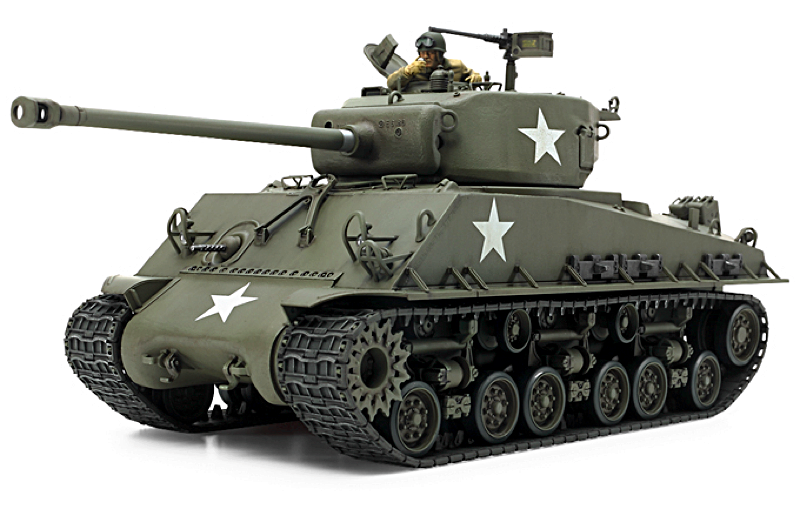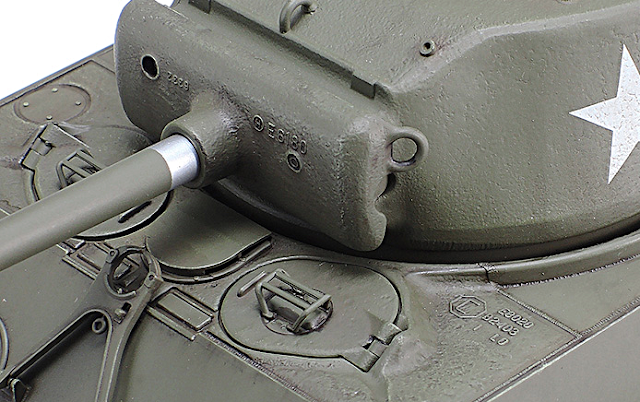

Needless to say, the decreasing production quality of German armor steel didn’t help the Panzer IV against the regular 75mm-gun Sherman. One big problem for the later Panzer IV variants from F.2 onwards receiving the longer gun was driving/handling instability owing to the longer gun offsetting the center of gravity, with the tank suspension getting lots of wear and tear just going down the street. Unlike the Sherman, which was intended to be the armor equivalent of the cavalry of the past, the Panzer IV was intended to support infantry and was thus given a short-barrel artillery gun fed mostly with HE rounds (and a few AP rounds) and much thinner armor than its stablemate, the Panzer III (which had been designed from the get-go for tank fights). H, which had a long-barrel KwK 40 and whose hull supported extra “skirt plates” to protect the woefully thin flank hull armor. On the other team, the closest equivalent to this Sherman was the horrendously overworked Panzer IV Ausf. *historical tidbit: DAKOTA name for Douglas C-47 aeroplane is British invention but apparently currently more widely recognized than original one – SKYTRAIN. designs developed in less hurry abandoned radial engine and forward transmission thus allowing lesser height – see HEAVY TANKS M6 AND M6A1 have aft transmissions but also radial engines.Īt same point it must be noted that M4 Sherman was created under pressure of being behind III Reich in tank development and later U.S. This was also the case (although less visible due to smaller engine) in LIGHT TANK M3, see PROPELLER SHAFT at page 6 of this pdf: Answer is simple – they were powered by radial engines, which forced engine deck to be high and combined with front transmission placement – turret to also be high to avoid conflict between shaft and turret occupants. Here it is worth explaining why M4 SHERMAN and other U.S. This must be misunderstanding, possibly due to more error, as I might refer to direct progenitor of Sherman via it British* name – GENERAL LEE. You can read his memoirs translated into English here: To this day I have a piece of shrapnel in my head from an antiaircraft machine gun. We fired them so much that they got red hot and began to cook off. These machine guns were of great use to us in the war with Japan, against kamikazes. But our general impression of the machine gun was good. We placed the tank on the upslope of a hill and fired. We even used our main gun against aircraft. Try to shoot the bastard down! So yes, we used it, but it was not very effective. He dropped his bomb and departed quickly. The Germans would drop their bombs from say, 800 meters or higher. The machine gun was good to 400-600 meters in the vertical. They bombed either from altitude or from a steep dive. We used it less frequently against air targets because the Germans were not fools. We used this machine gun against both aircraft and ground targets. Meanwhile the other four of my tanks went ahead and drove into an ambush.

We were thrown around, of course, but we survived the experience. I was leading the battalion and on a turn my driver-mechanic clipped a curb. We were fighting in Hungary in December 1944. But I am alive today thanks to this deficiency. The tank frequently tipped over on its side, like a Matryoshka doll (a wooden stacking doll).

The Sherman had its weaknesses, the greatest of which was its high center of gravity. “(…)Stock Sherman’s were as tall as Tigers!(…)”


 0 kommentar(er)
0 kommentar(er)
